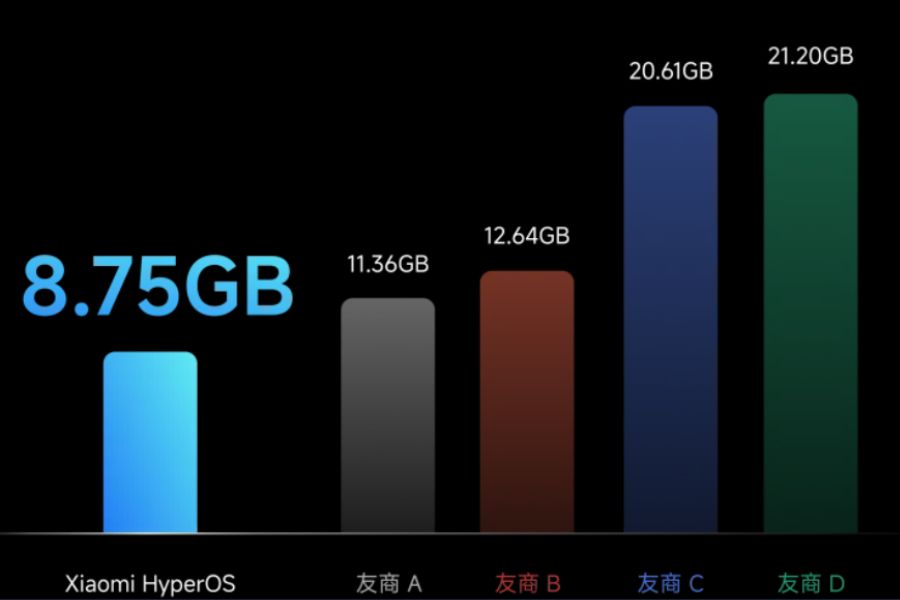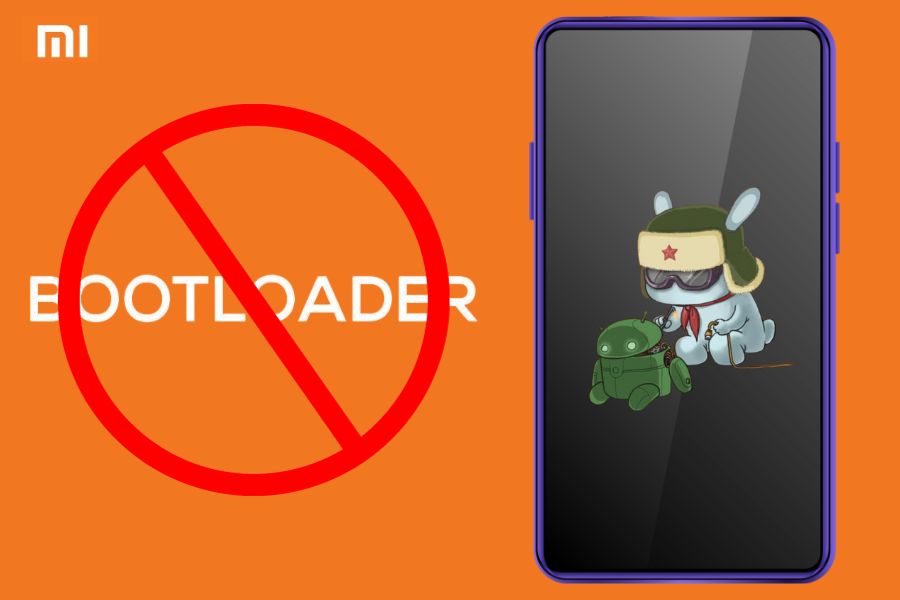For well over 13 years, MIUI has been there for Xiaomi smartphones, but now things are changing. After multiple rounds of rumors, the Xiaomi HyperOS will be replacing the MIUI. Xiaomi has announced a second batch of devices that will get the latest HyperOS update. The first batch had a mixture of all Redmi, Xiaomi, and Poco phones. Meanwhile, the second batch has a mix of Redmi, and Xiaomi phones and tablets totaling over 80 devices. In this article, let's dive into discussing the upcoming list of second-batch phones that will get the updates, and check whether your devices get the update or not if you have one. As such, the HyperOS is here to support Xiaomi's wide range of products spanning over 200 different categories. Regarding the ubiquity of their new OS, Xiaomi's CEO — Lei Jun says that this new OS will take them closer to realizing their milestone of a “full ecology for people, cars, and homes”. Looking at the recent developments, it appears that HyperOS is walking in the footsteps of Hauwei's HarmonyOS.
As such, the HyperOS is here to support Xiaomi's wide range of products spanning over 200 different categories. Regarding the ubiquity of their new OS, Xiaomi's CEO — Lei Jun says that this new OS will take them closer to realizing their milestone of a “full ecology for people, cars, and homes”. Looking at the recent developments, it appears that HyperOS is walking in the footsteps of Hauwei's HarmonyOS.
 Despite all the tightening measures, the bootloader isn't totally inaccessible — just difficult. Users will have to request permission through Xiaomi's community forum to unlock the bootloader. Similarly, there are additional China-specific restrictions such as reaching “level five” on Xiaomi community forums, time-sensitive unlock permissions, and limiting bootloader access to three devices in a year. It is unsure if these restrictions will be placed on HyperOS-powered Xiaomi devices in the rest of the world.
Despite all the tightening measures, the bootloader isn't totally inaccessible — just difficult. Users will have to request permission through Xiaomi's community forum to unlock the bootloader. Similarly, there are additional China-specific restrictions such as reaching “level five” on Xiaomi community forums, time-sensitive unlock permissions, and limiting bootloader access to three devices in a year. It is unsure if these restrictions will be placed on HyperOS-powered Xiaomi devices in the rest of the world.
Xiaomi HyperOS Overview
What is Xiaomi HyperOS?
The Xiamoi HyperOS is a new operating system with a combination of an advanced Android base and Xiaomi's self-developed IoT (Internet of Things) platform — Vela. The company introduced this proprietary platform a few years ago, aiming to provide support for a wide range of smart devices, including smartwatches, speakers, home appliances, and even sensors.
- You may also like:
- To promote smartphone movie-making, Xiaomi unveils “Xiaomi Studios”
- Xiaomi 14 Ultra rumours are out!
- Xiaomi Band 8 Active goes official with 50+ sports mode, 14-day battery life
- Xiaomi Mechanical Keyboard TKL launched for both Gamers and Normal Users
What's new though?
Upon questioning whether it is a case of simple rebranding, Xiaomi officials clarified that HyperOS is written in a completely new architecture. Likewise, it is unclear if Xiaomi HyperOS will follow the annual Android version upgrade to keep the software up-to-date, like OxygenOS, One UI, or Funtouch OS.Whatever it might be, Xiaomi claims that the devices running on their OS can perform tasks faster than Android's native kernel. Furthermore, the HyperOS has a streamlined phone firmware, that is the smallest in the industry at just 8.75 GB. It also supports over 200 processor platforms while boasting minimal performance degradation over 50 months. Lastly, the Xiaomi HyperOS also improves the latency of WLAN while allowing multiple devices to network dynamically in real-time, and work together as a whole.
No more custom ROMs — Is Xiaomi forgetting its roots?
Xiaomi phones have been widely regarded as one of the most customisable devices with easier access to the bootloader allowing for custom ROM installation, and advanced user operations. However, it appears Xiaomi is considering tightening the access to the bootloader.These rumours are based on the recently surfaced hidden “Bootloader Unlock Beta” option in Xiaomi Community China. Furthermore, unlocking the bootloader is turned off by default in the recently launched Xiaomi 14 series. We do not exactly know why Xiaomi is doing this. However, they previously cited security, data protection, and user experience as reasons for taking these measures. In addition, Xiaomi also said that users who unlocked their bootloader will not receive Xiaomi HyperOS updates. You can, however, regain updates by relocking your phone.
Xiaomi HyperOS Availability
The HyperOS debuted with the Xiaomi 14 series in China only. However, now the entire globe will get to experience the highly awaited HyperOS. This operating system will run on Xiaomi, Redmi, as well as POCO phones. Furthermore, it will roll out in the first quarter of 2024. The following are the first devices that will receive the HyperOS:Xiaomi
- Mi Mix Fold
- Xiaomi Mix 4
- Xiaomi 12S Ultra
- Xiaomi 12S Pro
- Xiaomi 12S
- Xiaomi 12 Pro Dimensity
- Xiaomi 12 Pro
- Xiaomi 12
- Xiaomi 12X
- Xiaomi 11 Ultra
- Xiaomi 11 Pro
- Xiaomi 11
- Xiaomi 11 Lite 5G NE
- Xiaomi 10S
- Xiaomi 10 Ultra
- Xiaomi 10 Pro
- Xiaomi 10
- Xiaomi Civi 3
- Xiaomi Сivi 2
- Xiaomi Civi 1S
- Xiaomi Civi
Redmi
- Redmi K60E
- Redmi K50 Ultra
- Redmi K50 Gaming
- Redmi K50 Pro
- Redmi K50
- Redmi K40S
- Redmi K40 Gaming
- Redmi K40 Pro+
- Redmi K40 Pro
- Redmi K40
- Redmi Note 13 Pro+ 5G
- Redmi Note 13 Pro 5G
- Redmi Note 13 5G.
- Redmi Note 13R Pro
- Redmi 13R 5G
- Redmi Note 12 Turbo
- Redmi Note 12T Pro
- Redmi Note 12 Pro speed edition
- Redmi Note 12 Pro+ 5G
- Redmi Note 12 Pro 5G
- Redmi Note 12 5G
- Redmi Note 12R Pro
- Redmi Note 12R 5G
- Note 12R
- Redmi 12 5G
- Redmi Note 11T Pro
- Redmi Note 11 Pro
- Redmi Note 11T Pro+
- Redmi Note 11 Pro+
- Redmi Note 11 5G
- Redmi Note 11R
- Redmi Note 11E Pro
- Redmi Note 11E
- Redmi 12C
Tablet
- Xiaomi Pad 5 Pro 12.4
- Xiaomi Pad 5 Pro SG
- Xiaomi Pad 5 Pro
- Xiaomi Pad 5
- Redmi Pad SE
- Redmi Pad
- Meanwhile, check out our video of Xiaomi Pad 6.

To say something about myself, I have been writing tech and gadgets from 2021. Although coming from a non technical studies background, I'm someone who is always fascinated by the latest gadget and tech innovations, circling around. Besides writing, you'll find me listening music and aligning the stars through astrology and sometimes even, tarot cards! 😉🧿
Comments
No comments yet. Add a comment to start a discussion





